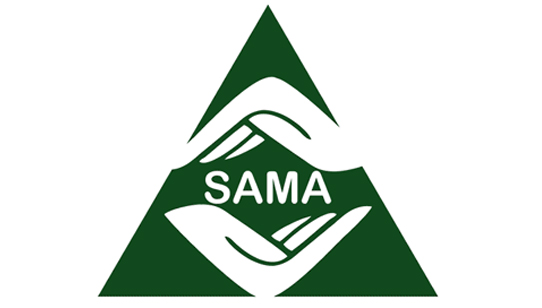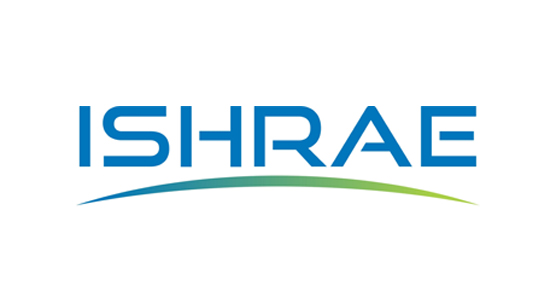1. Fire Detection and Alarm Systems:
Modern fire alarm systems with smoke and heat sensors can quickly detect potential fires. These systems should be connected to central monitoring systems to trigger immediate responses.
2. Fire Suppression Systems:
Banks must install advanced fire suppression systems, such as water mist systems or clean agent systems, particularly in areas with electronic equipment and data servers where water-based suppression could cause damage.
3. Fire-Resistant Vaults and Safes:
Fire-resistant vaults and safes are essential for protecting cash, documents, and other valuables from fire-related damage.
4. Emergency Lighting and Exit Signage:
Clearly marked and well-lit emergency exits ensure a smoother evacuation during a crisis.
5. Portable Fire Extinguishers:
Strategically placed fire extinguishers tailored for different fire classes (A, B, C, etc.) should be readily available. Employees should also know how to use them effectively.
6. Fire Doors and Curtains:
Passive fire protection, such as fire-rated doors and curtains, can help contain the spread of fire, giving employees and customers more time to evacuate.
7. Sprinkler Systems:
While traditional sprinkler systems are effective for general areas, banks must ensure these systems are designed to minimize collateral damage to sensitive areas.
The Importance of Employee Training
Even the most advanced fire safety products are ineffective without proper human intervention. Well-trained employees can make all the difference during an emergency.
1. Fire Drills and Evacuation Protocols:
Banks should conduct regular fire drills to ensure all employees are familiar with evacuation routes and procedures. These drills can identify potential bottlenecks and improve response times.
2. Basic Firefighting Skills:
Employees should be trained in using fire extinguishers and other firefighting equipment. This training empowers them to control small fires before they escalate.
3. First Aid Training:
Training employees in first aid, particularly in dealing with burns and smoke inhalation, can save lives.
4. Role-Based Responsibilities:
Assign specific roles during emergencies, such as floor marshals, who ensure that all employees and customers evacuate safely.
5. Training on New Products:
Whenever new fire safety products are installed, employees should receive training on how to use them effectively.
Regular Audits and Updates
Fire safety is not a one-time effort. Banks must regularly audit their fire safety systems and update them to keep up with technological advancements and changing regulations.
1. Compliance with Regulations:
Banks must adhere to fire safety regulations laid out by local authorities and the National Building Code of India. Non-compliance can lead to penalties and increased risks.
2. Maintenance of Equipment:
Regular maintenance of fire alarms, extinguishers, and suppression systems ensures they remain functional during emergencies.
3. Technology Upgrades:
As technology evolves, banks should invest in smart fire safety solutions integrated with IoT, enabling real-time monitoring and faster responses.
Benefits of Proactive Fire Safety Measures
Investing in fire safety products and training offers several advantages:
1. Protection of Lives: The primary goal is to ensure the safety of employees, customers, and visitors.
2. Asset Protection: Preventing fires minimizes damage to cash, equipment, and critical data.
3. Operational Continuity: Fire safety measures reduce downtime and allow banks to resume operations quickly after an incident.
4. Customer Trust: A visible commitment to safety builds trust and loyalty among customers.
5. Compliance and Reputation: Meeting fire safety standards protects banks from legal and reputational risks.
Case Studies: Lessons from the Past
Several incidents highlight the importance of fire safety in banks:
1. Mumbai Bank Fire (2022):
A fire broke out in a Mumbai bank due to an electrical short circuit. The absence of a modern fire suppression system led to significant damage to data servers, affecting operations for weeks.
2. Bangalore Branch Evacuation (2019):
During a minor fire caused by overheating equipment, employees quickly evacuated customers, thanks to regular fire drills. The incident highlighted the effectiveness of training in minimizing casualties.
These examples underline the need for both advanced fire safety products and trained personnel to handle emergencies effectively.
A Roadmap for Banks: Building a Fire-Safe Culture
To stay ahead in fire safety, banks should follow these steps:
1. Conduct Risk Assessments:
Regularly evaluate fire risks in each branch and identify vulnerabilities.
2. Invest in Modern Technology:
Upgrade fire safety systems to include IoT-enabled devices for real-time monitoring.
3. Partner with Experts:
Engage fire safety consultants and service providers to ensure compliance with standards and receive tailored solutions.
4. Create a Safety-First Culture:
Encourage employees to prioritize safety through regular training, workshops, and incentives.
5. Test and Evaluate:
Regularly test fire safety products and conduct mock drills to ensure preparedness.
Conclusion
Fire safety is a critical aspect of bank operations that cannot be overlooked. Staying updated with the latest fire safety products and ensuring employees are trained not only safeguards lives and assets but also enhances customer trust. By fostering a culture of safety and investing in modern solutions, banks can mitigate risks and ensure business continuity, even in the face of emergencies.
Let us remember that fire safety is not just a regulatory requirement it is a moral responsibility. Together, with technology and training, we can create safer environments for everyone.






.png)







